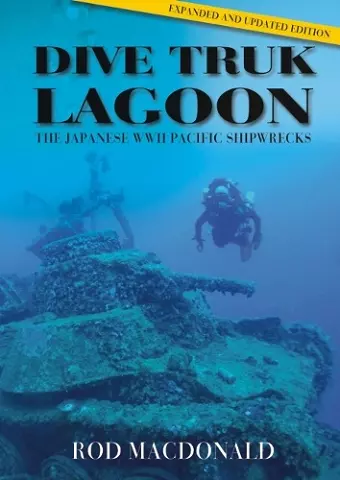Dive Truk Lagoon, second edition
The Japanese WWII Pacific Shipwrecks
Format:Hardback
Publisher:Porto Press Ltd
Published:18th Dec '23
Should be back in stock very soon

The 50-mile wide lagoon of Truk Atoll, far out in the remote expanses of the Pacific, is quite simply the greatest wreck diving location in the world. Scores of virtually intact Japanese WWII wrecks of transport ships, still filled with cargoes of tanks, trucks, artillery, beach mines, shells and aircraft, rest in the crystal-clear waters of the lagoon – along with two Japanese destroyers and a submarine – each now a man-made reef teeming with sea life.
This book takes you there.
The islands of Truk Atoll once housed a large airbase and were the main forward anchorage for the Imperial Japanese Navy. On 4 February 1944, a long-range U.S. reconnaissance flight revealed the lagoon to be full of ships. Sensing danger the Japanese Navy scattered. But the merchant ships remained, as crews rushed to offload their cargoes. Meanwhile, other heavily laden supply ships continued to arrive from Japan
The attack came at dawn on 17 February 1944, precipitating one of the largest aerial dogfights of WW II. Eventually, air superiority over the islands was achieved and U.S bombers spent two days sinking all the large ships trapped in the lagoon.
These sunken ships, with their war cargoes, were largely forgotten about until 1969, when Jacques Cousteau located and filmed many of the wrecks. The resulting TV documentary, Lagoon of Lost Ships, went viral. Truk’s secret was out – and the beautiful wrecks, untouched since WWII, have proved an irresistible lure for thousands of divers each year since then.
ISBN: 9781849955416
Dimensions: unknown
Weight: 1130g
320 pages